Last Updated on: 3rd January 2024, 05:35 pm
Shanghai Museum in Shanghai, China, is an ancient Chinese art museum in the middle of a modern city.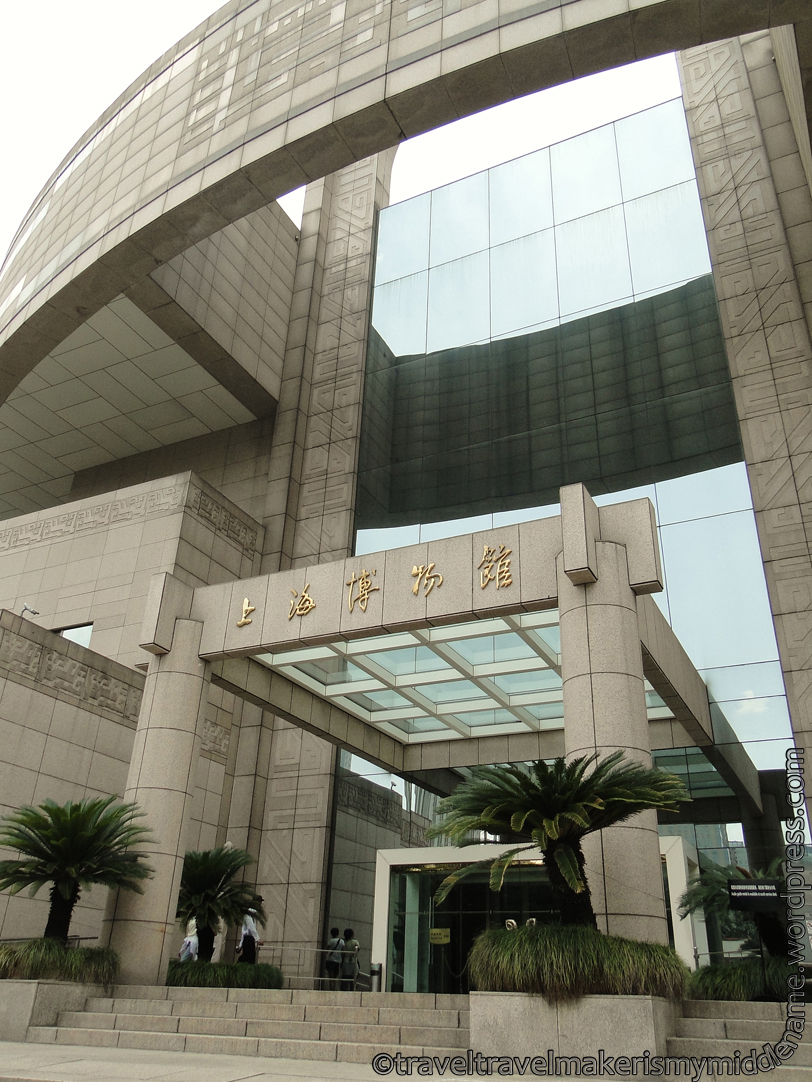
Perhaps the exterior gives you an idea of what lies inside. The grand stone and concrete museum is guarded by several large sculptures of Chinese-style creatures in a moat-slash-water feature. With lights pointed at these snow-white sculptures, they must look magnificent at night.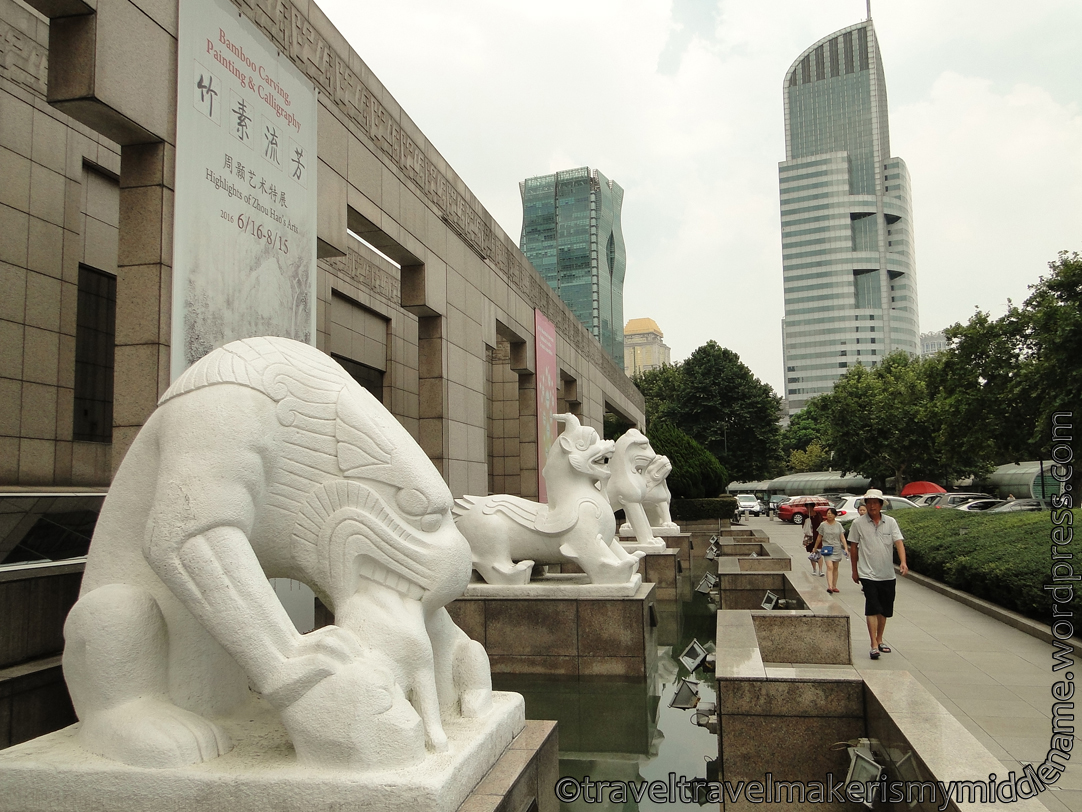
The interior is simple but grand.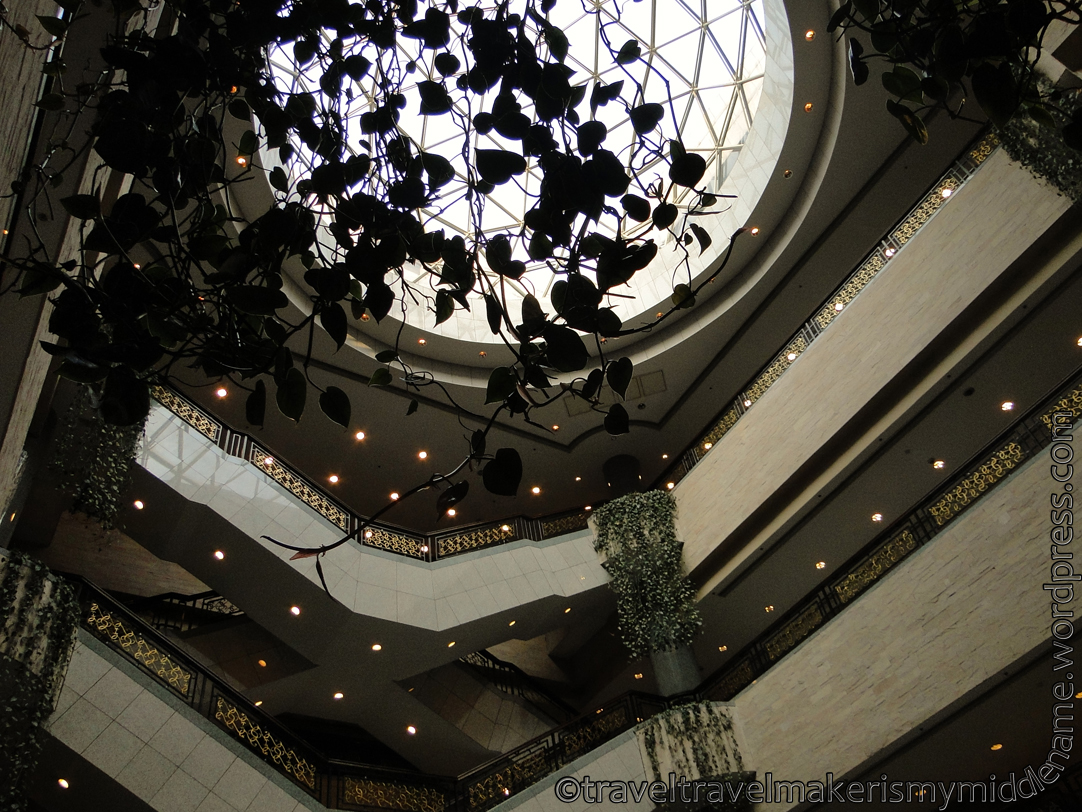

This 4 level museum has a permanent exhibition on ancient Chinese three-dimensional objects: decorative items: bronze statues, stone sculptures and carved jade creations, and functional bronze productions: wine vessels and cups, food vessels, musical instruments and weapons. There are also temporary exhibits, when I visited in July 2016, it was an exhibition of bamboo carvings and paintings.
At a glance:
-Entry: Free
-Closest metro stop: People’s Square exit
-Exhibits: Bronze, Stone and Jade carvings and metal work
-Attraction Duration: 4 hours to see and observe every thing in detail.
See more details at very end of this post.
The exhibits start on the ground floor with the ‘Bronze Age’ or sculptures made from bronze on one side of the museum, and the ‘Stone Age’ or sculptures made of stone on the other.
Initially I planned to go straight up to see the jade carvings, and did not plan on staying at the museum long as I thought bronze and stone art would not interest me, however one look at the stone and bronze section had me hooked and I did not go through the entire museum in one visit (2 hours).
I am amazed at the level of detail the ancient Chinese managed to create into materials like stone and bronze, especially by hand without precision equipment and machinery.
This is a bronze statue, created in the Song dynasty between the years AD 960 and 1279. Just look at the beads.
This is a stone carving, called the “Thousand Face” tablet. I counted, there weren’t actually 1000 faces but the detail is incredible. It was over a metre in height and about a metre wide.
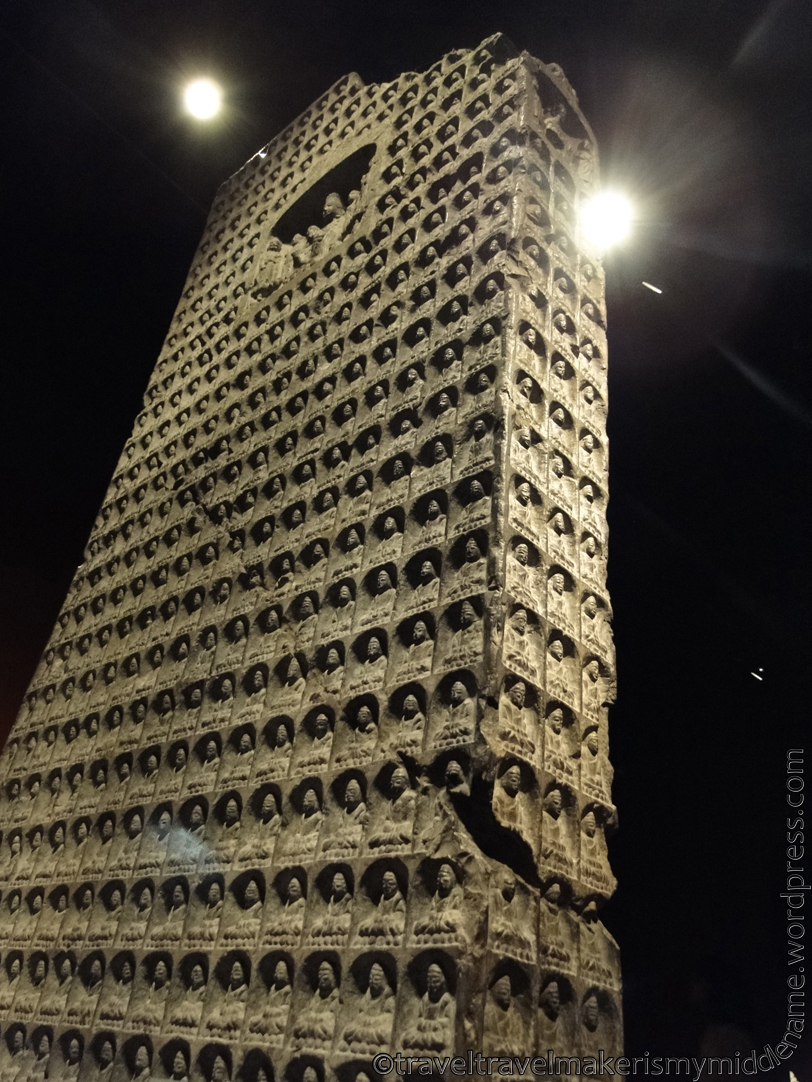
There was an exhibit on bronze dining ware. These weren’t your every day dinner ware. There were wine vessels and jugs used to serve wine, wine cups used for drinking wine, and food vessels where large quantities of food were held. These latter ones range from small to absolutely gigantic, remember that these were all made from solid bronze. The largest one there could easily fit a one year old, or act as a bath tub for a few babies. It made me wonder what the wealthy ancient Chinese used to eat.
The larger vessels were used by the very wealthy or in palaces for banquets, whereas the wine cups were more common. Amazingly, you can actually buy one (replica of course, but faithfully realistically ancient-looking) at the gift shop, if you can carry it and have the space in your luggage or at home.
Just kidding, they have a postal service there, but you’d still need a place to store it.
Obviously it started out much more modest. This is a modestly decorated wine jug:


This is a food vessel. Notice the acrylic label near the top left hand corner for scale.
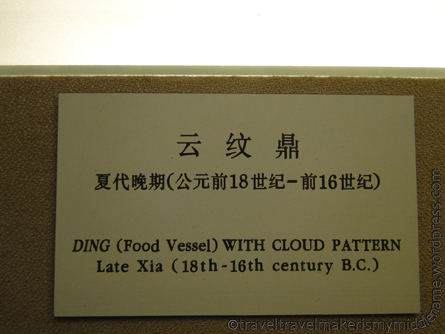
Here is another wine vessel. Just look at the relief detail.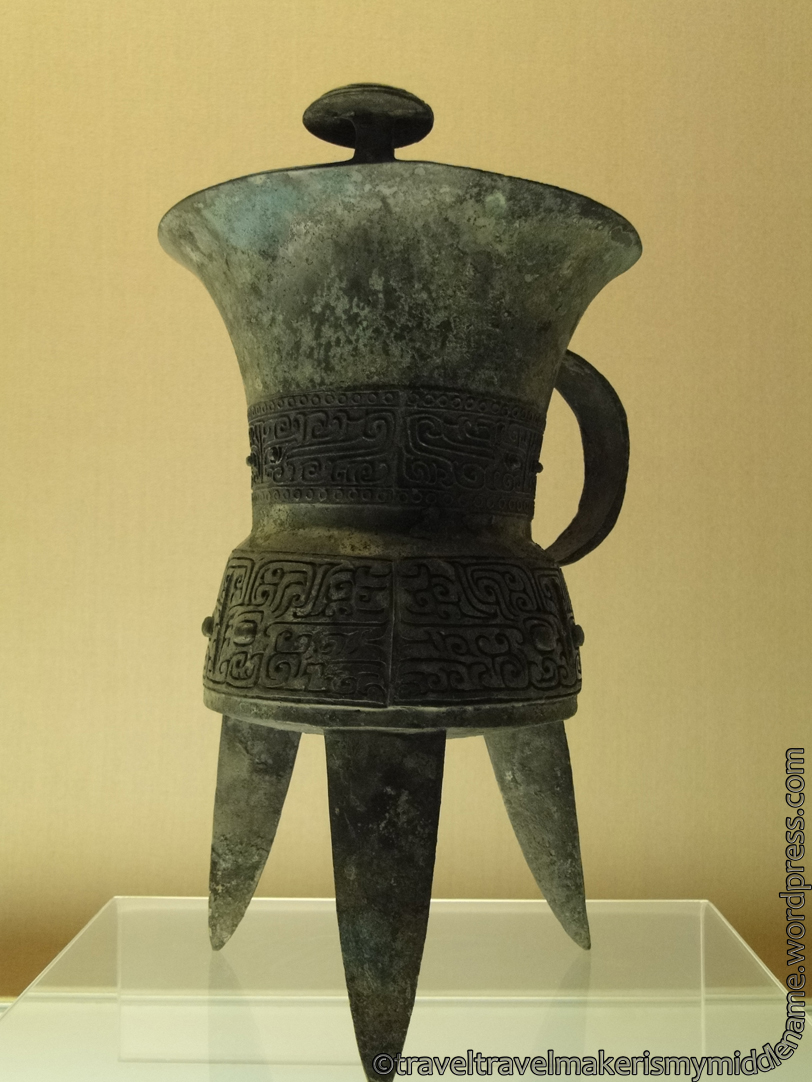
The picture above is the one on the very right in this picture below. Here you can see a number of wine vessels.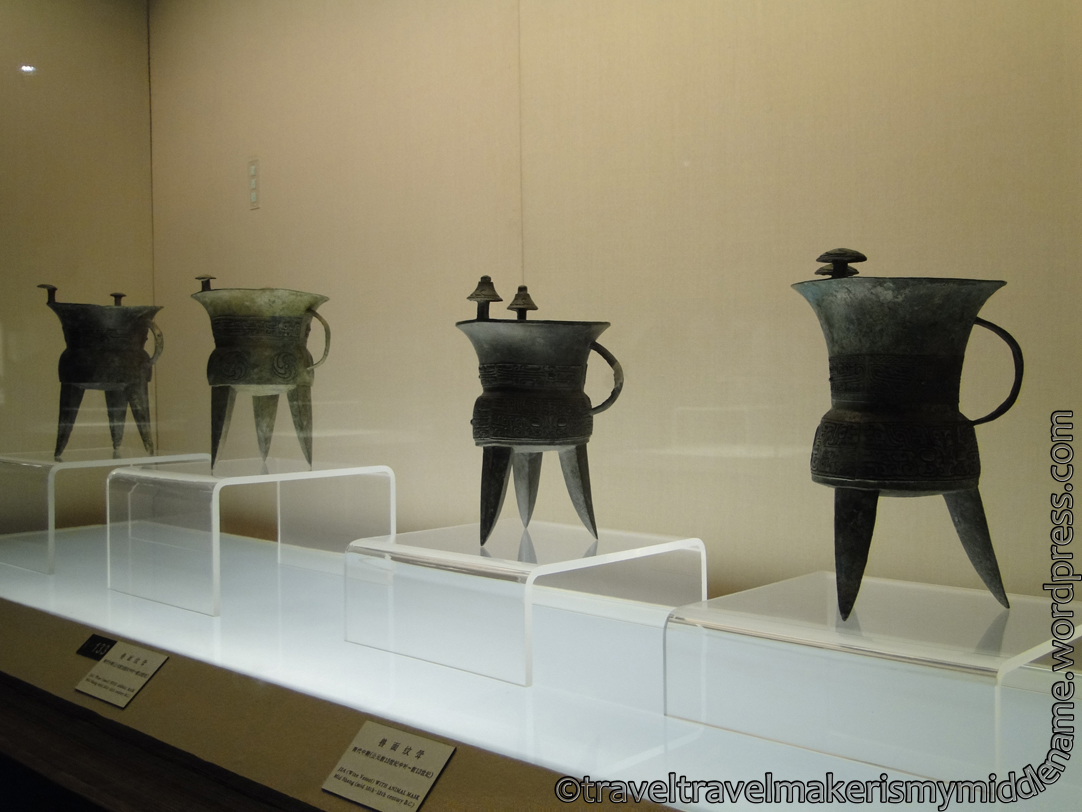
This is a wine cask.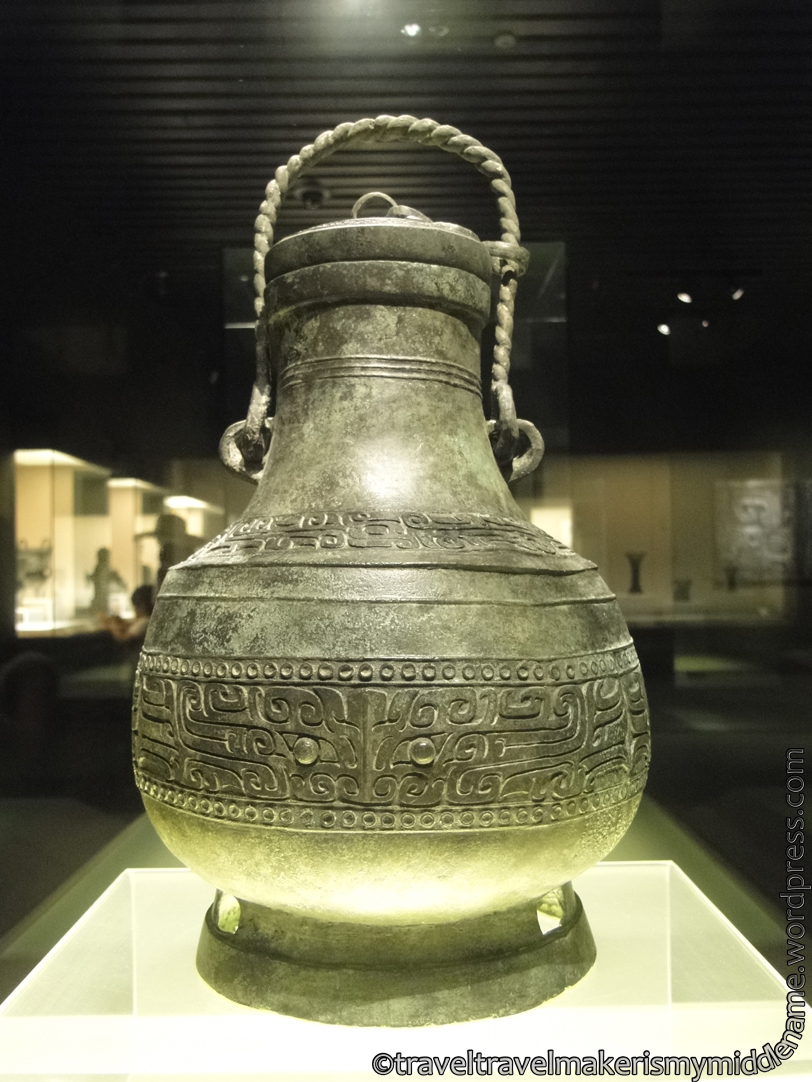
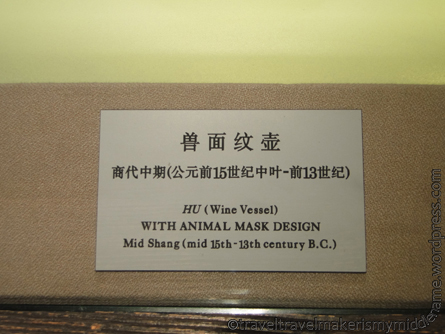
These wine cups are much smaller.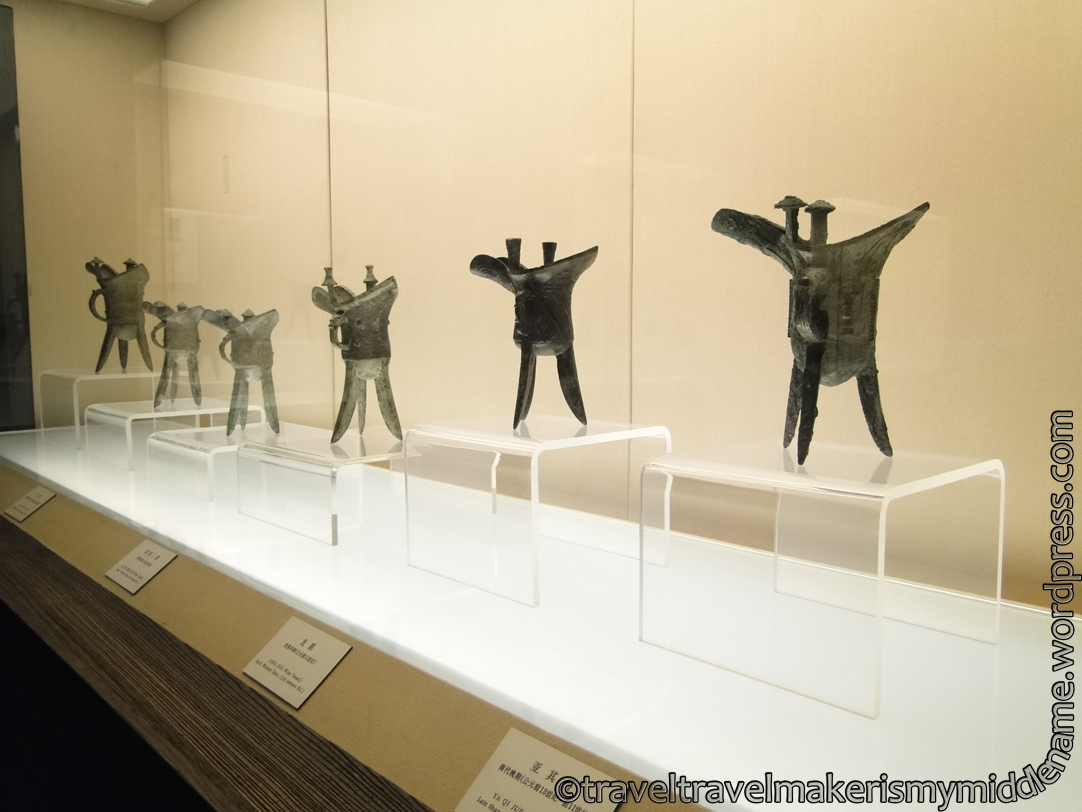
Close up detail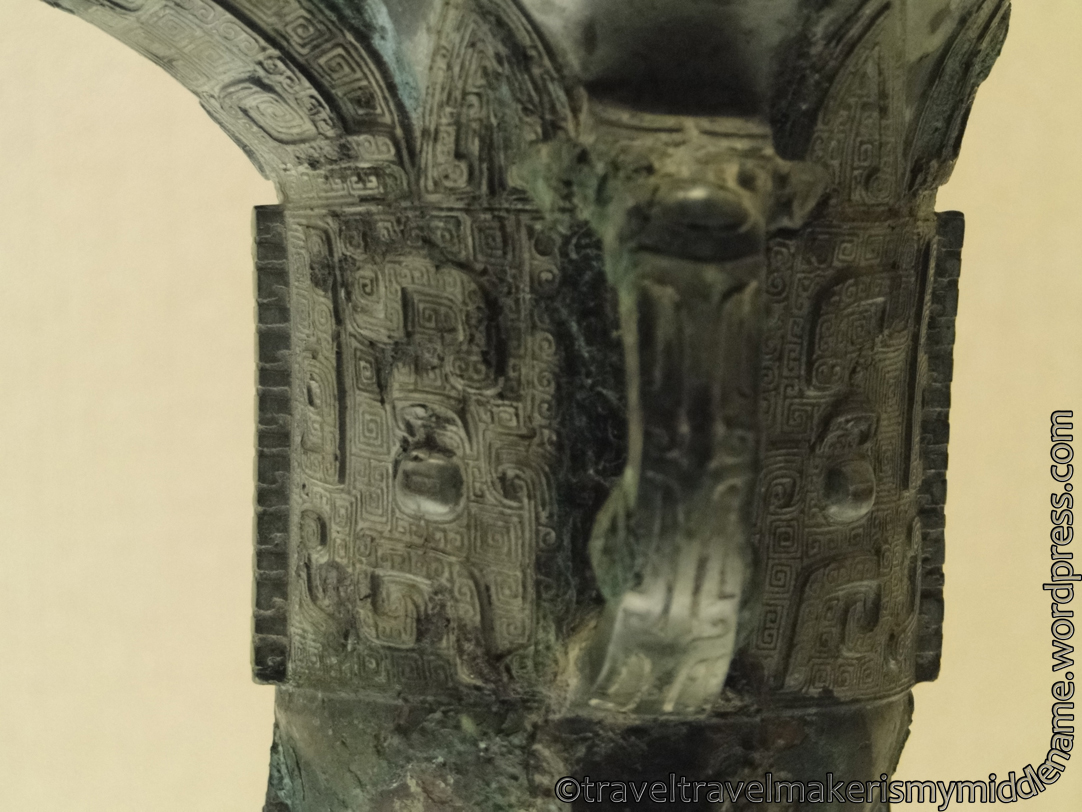
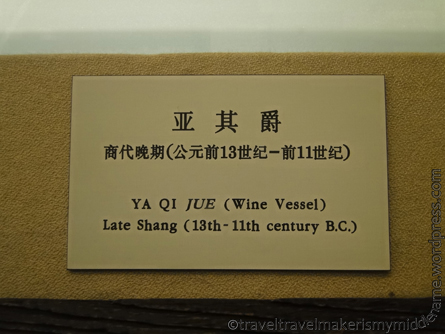
This is a food vessel.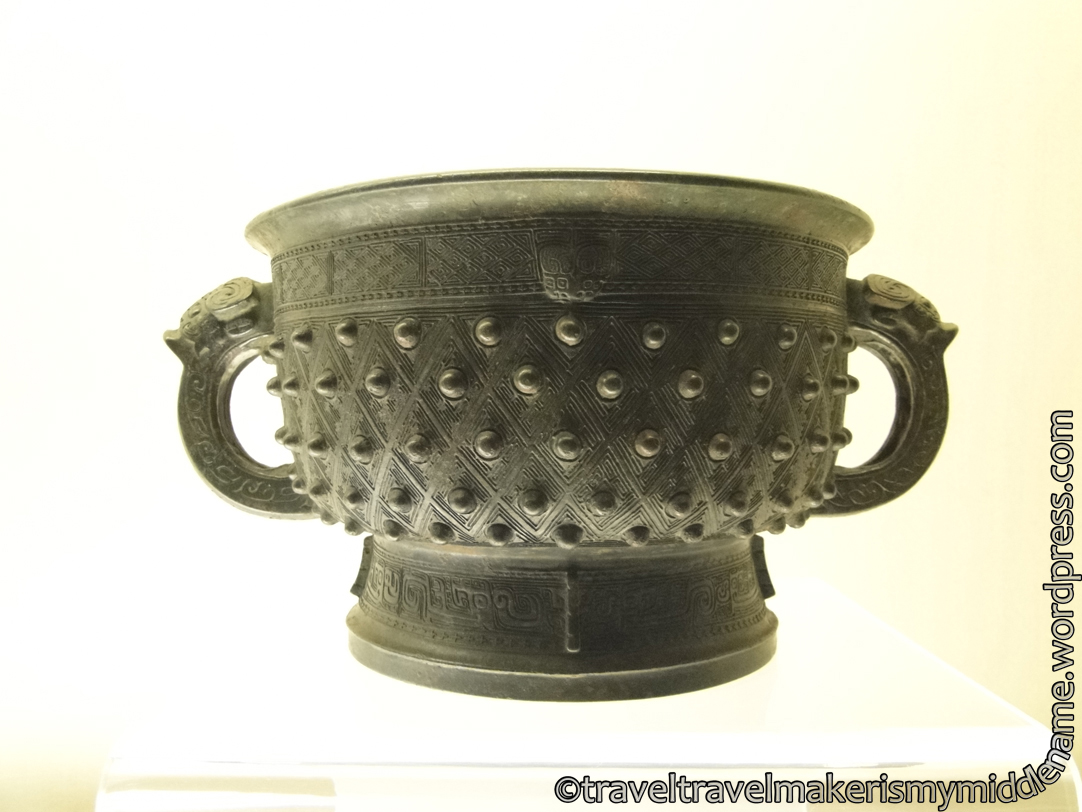

There was also a display of knives, daggers and spear heads in the weapon section.
This food vessel is quite a formidable-looking object.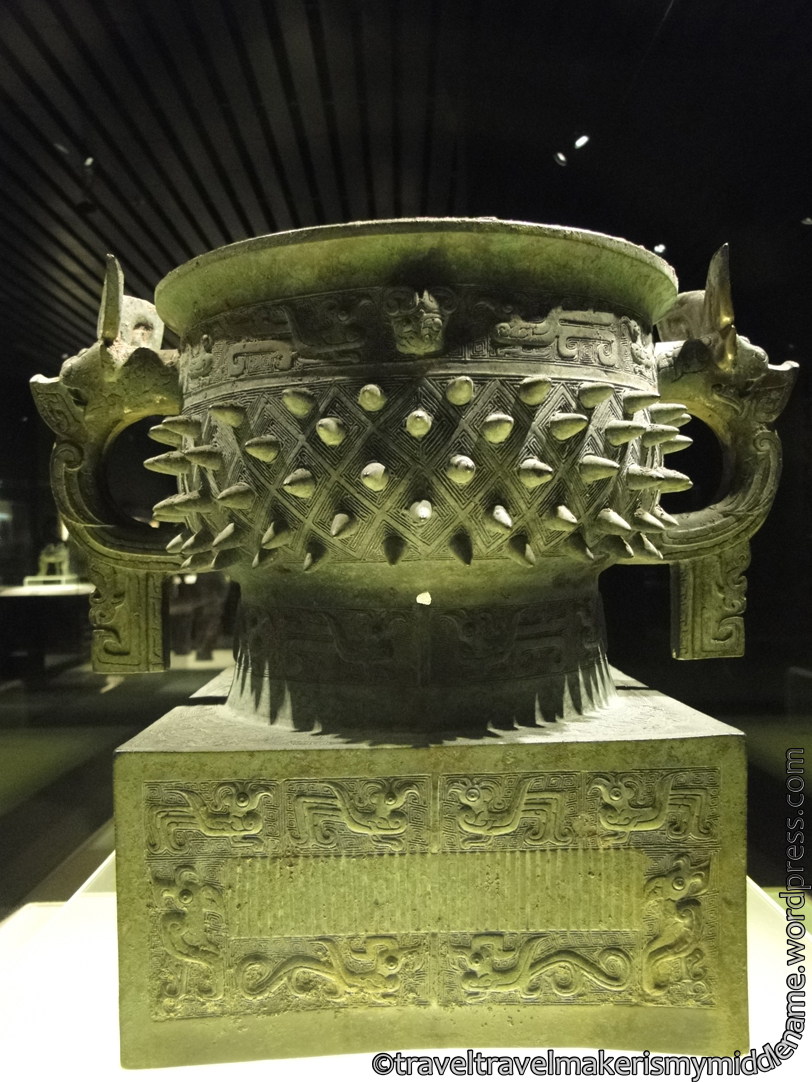
The base is part of it, not just a stand. Imagine lifting one of these when empty… then filled with food. And this wasn’t even the largest one there.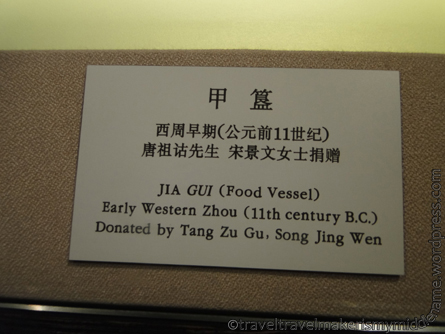
Moving on to the Jade carvings exhibit.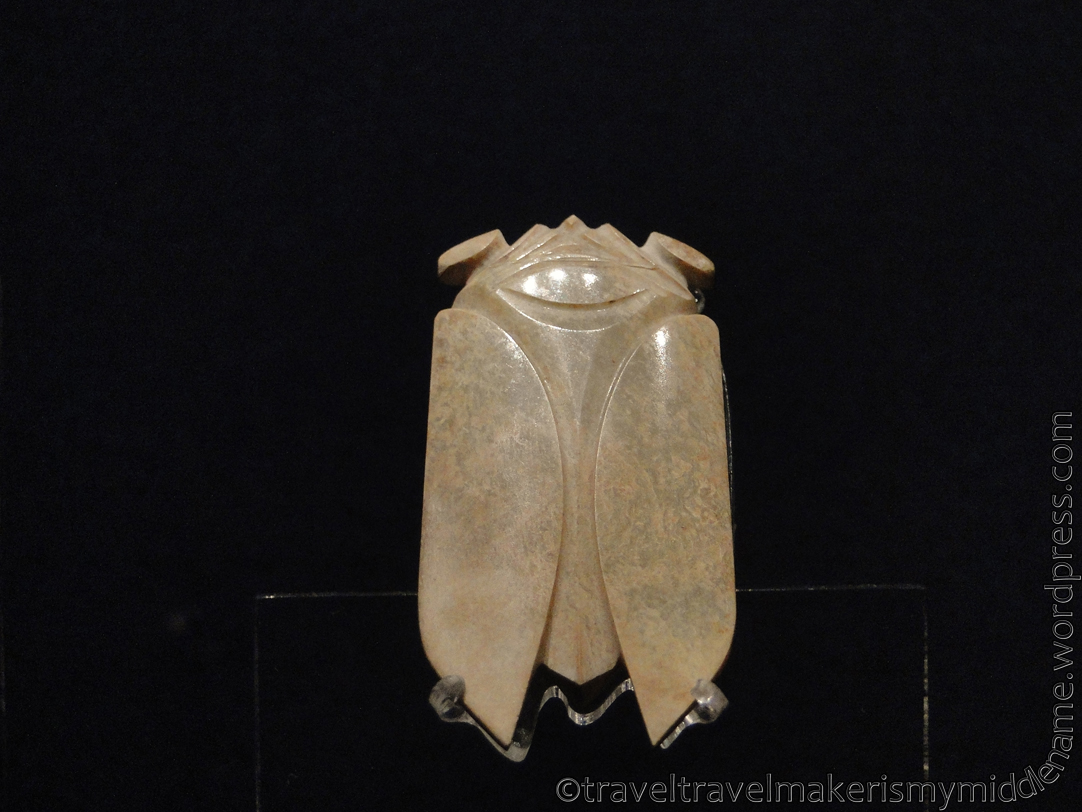
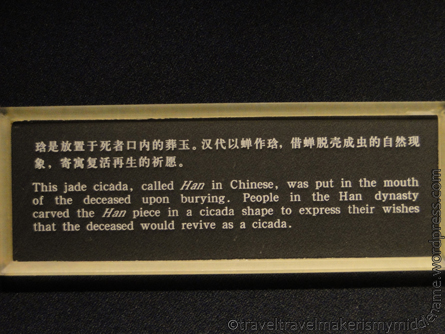
This is a title deed for a piece of land. It is probably the most permanent contract to have ever existed and fits in the palm of your hand.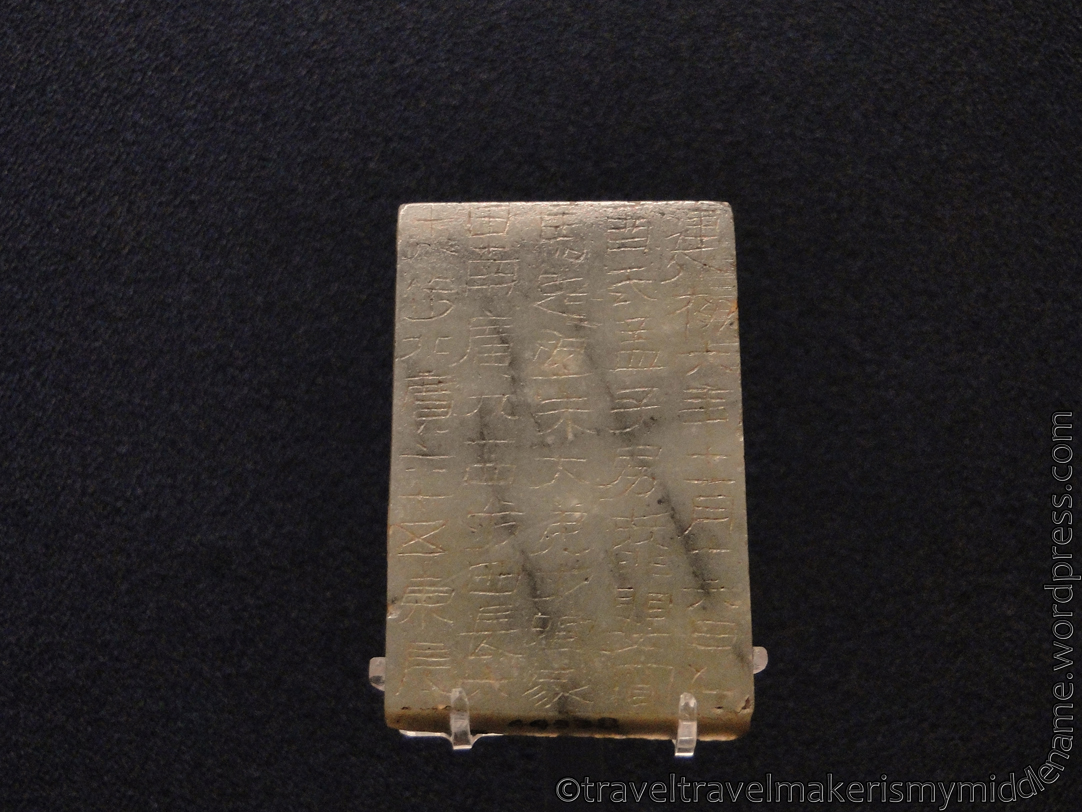
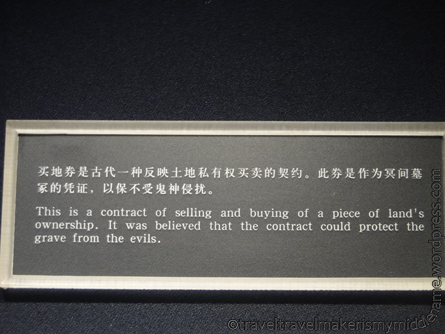
Although I do wonder what happened to the specified land and the owner.
Look at the detail in this hair piece.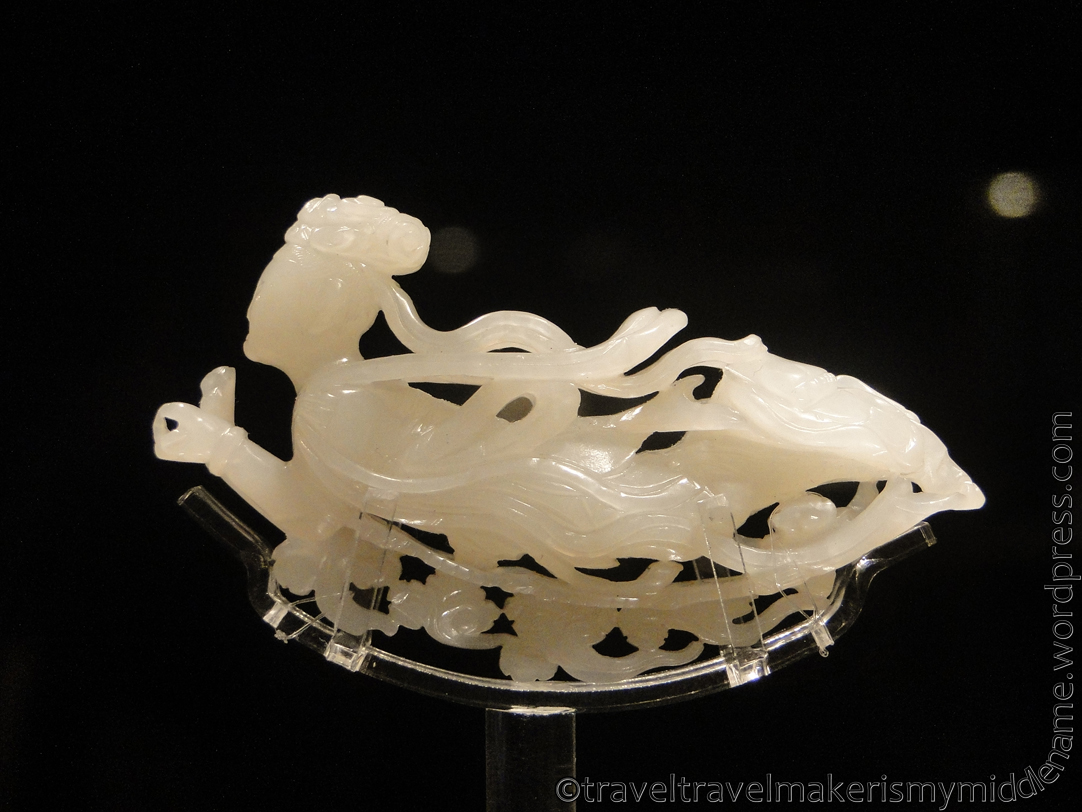
and the detail in this belt buckle. Look at it.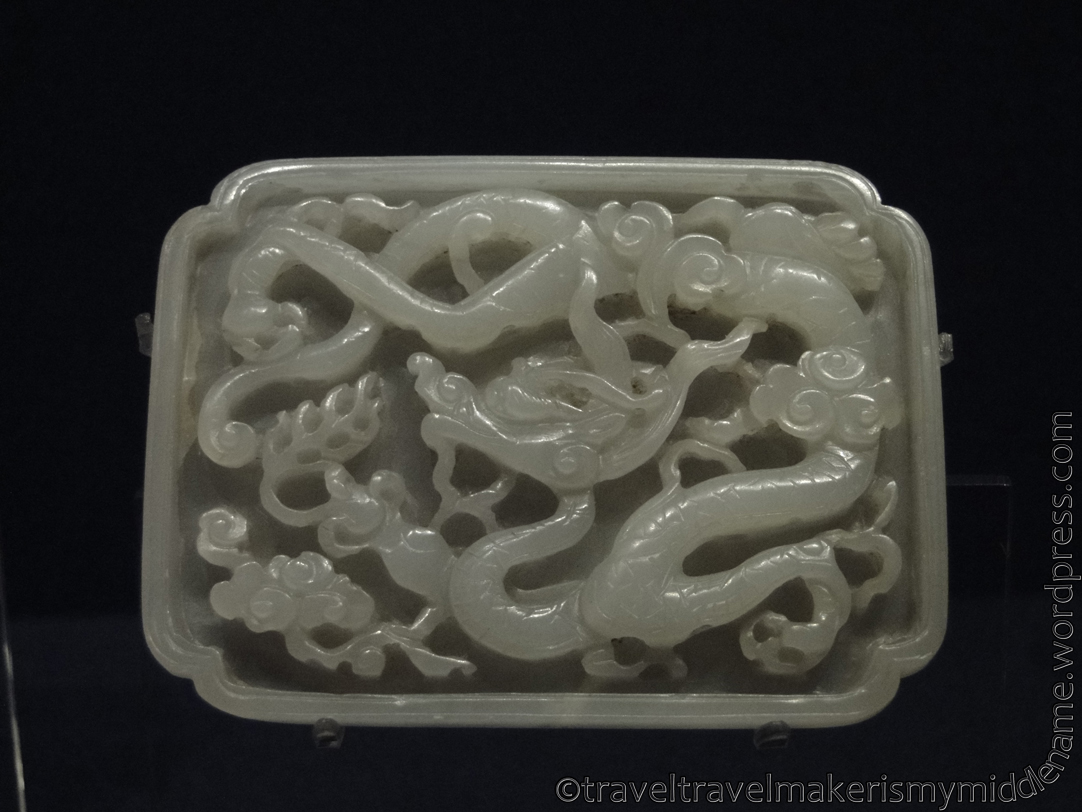
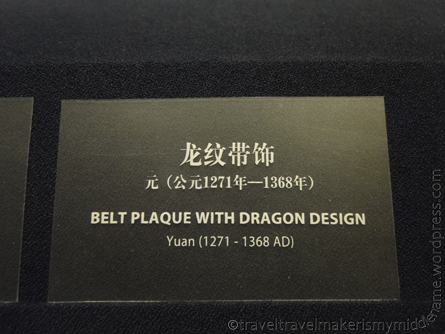
And this one. LOOK. AT. IT.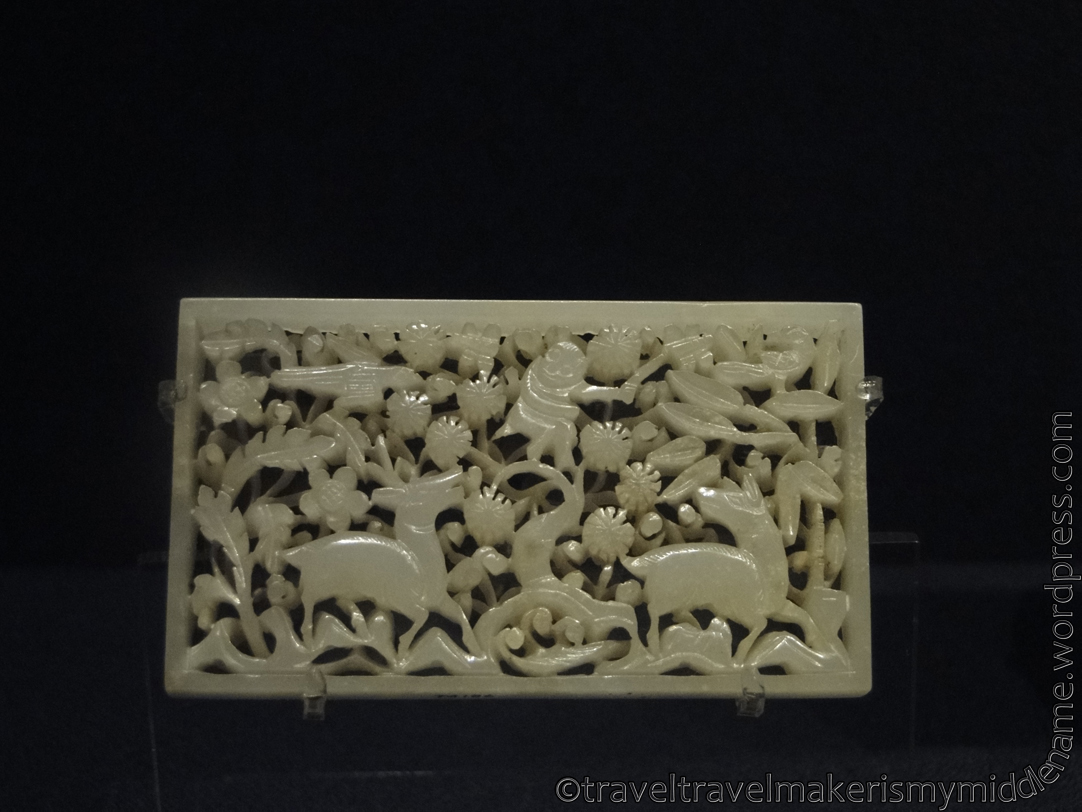
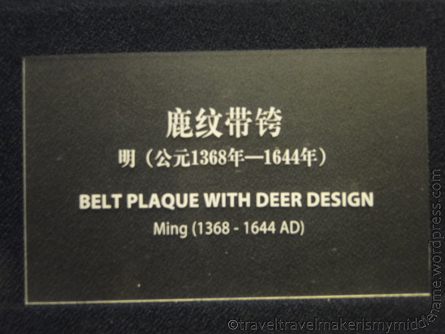
JUST LOOK.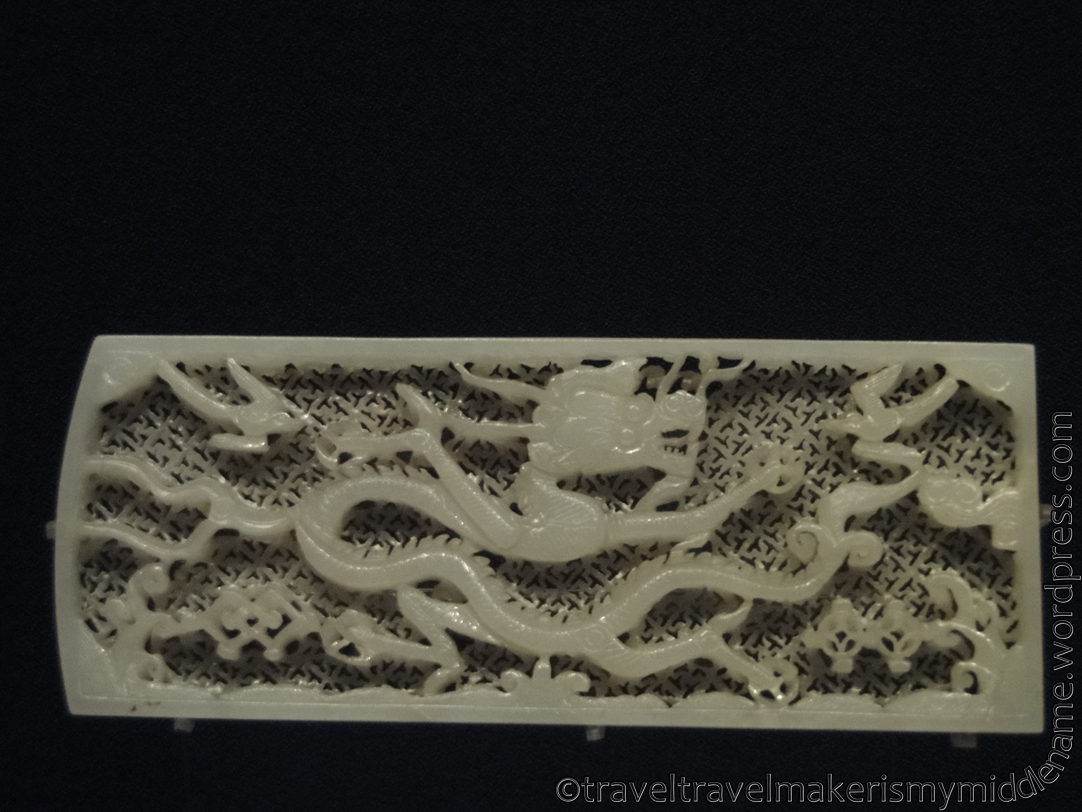
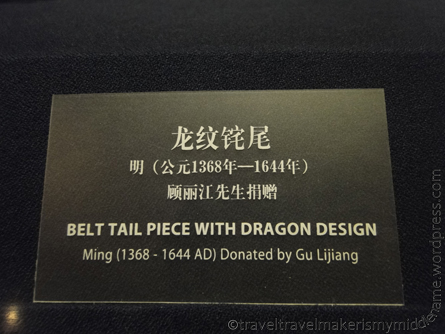
They sure don’t make belt buckles like these today.
And this one-piece incense burner lid. LOOK.
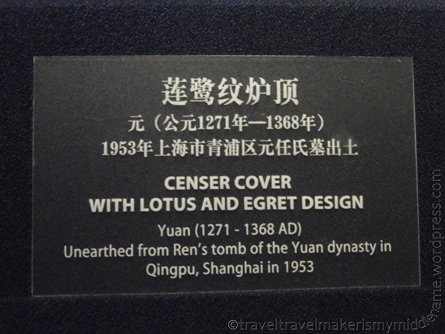
Made no later than the 14th century. BY HAND.
This is a bamboo wrist rest, part of the special exhibition, with a Chinese ink painting carved into it.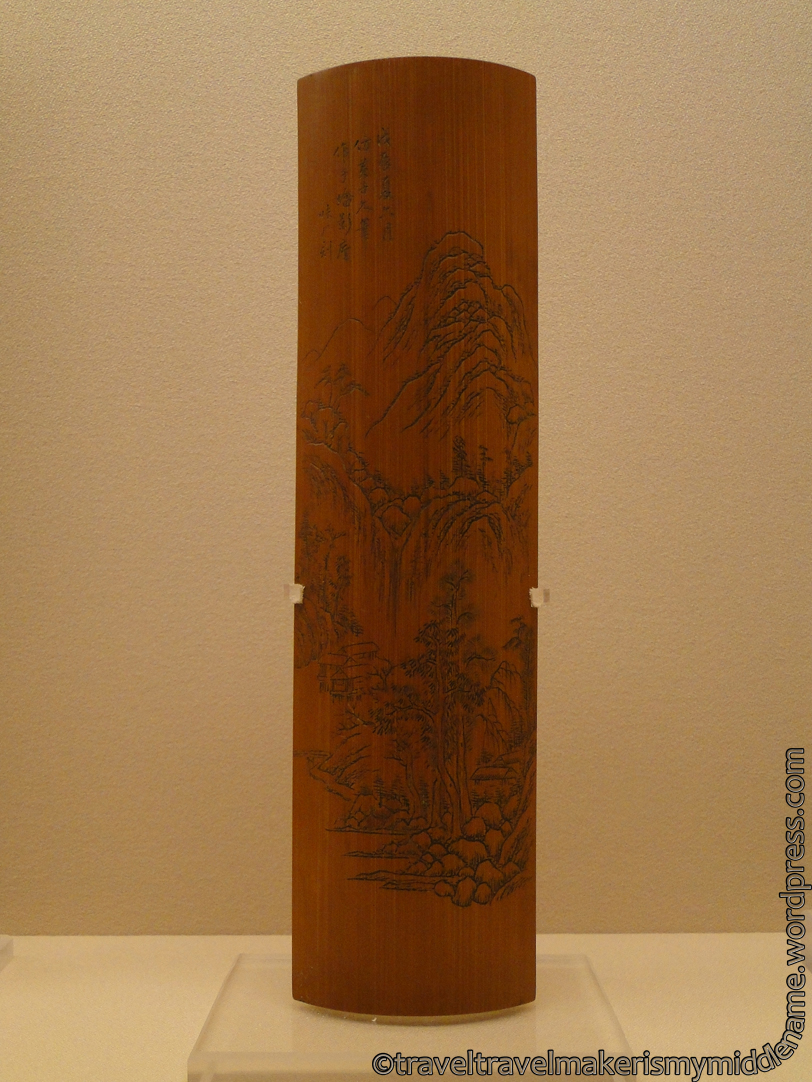
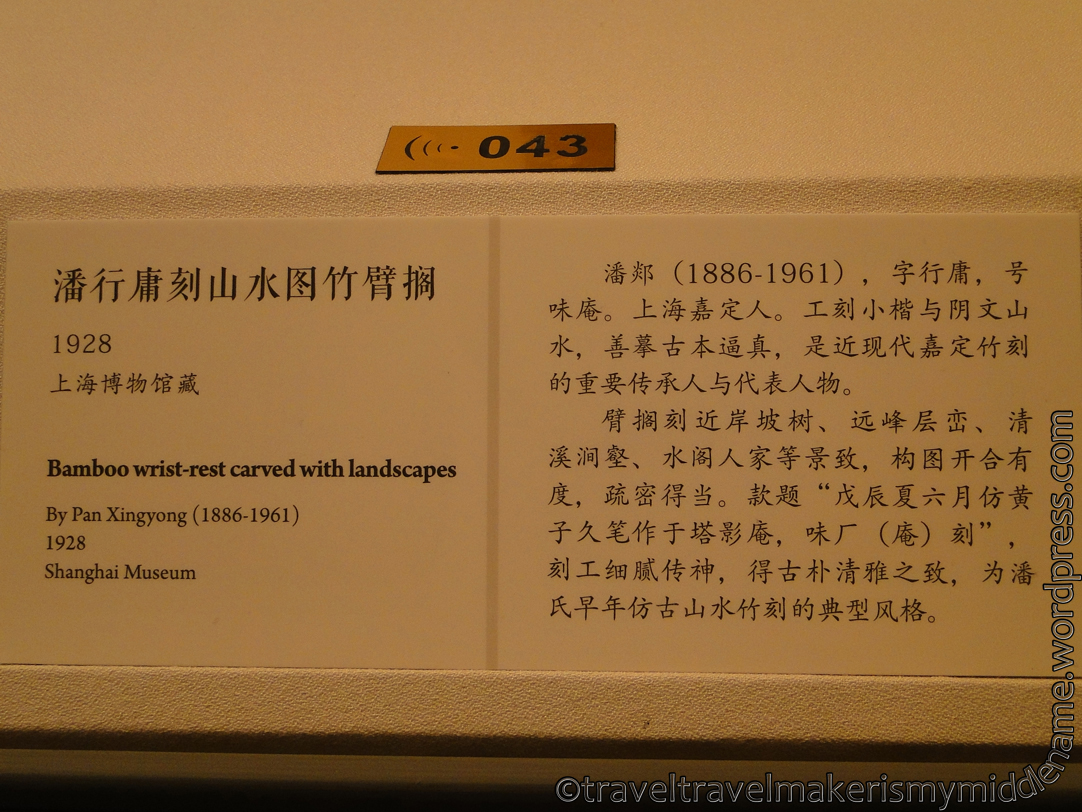
Attraction info:
Click here to visit the official website for more information.
Who this is for:
If you liked the photos above or you like ancient art, you would like it here. It is not too crowded. Children are welcome, there are special activities that changes throughout the year, however these seem to be in Mandarin, educational and aimed at school aged children.
Getting here:
Address:
201, Ren Min Da Dao
Huangpu District, Shanghai
In Chinese Hanyu:
上海市黄浦区人民大道201号
The museum has 2 entries, a north and a south door. The closest Metro station is actually Dashijie, exit 4 (500m), and not People’s Square metro station like the website says. People’s Square is further because its closest exit, exit 1, is very far from the platforms, and will be well over 1 km walk from the station platform. Both will get you to the south door.
Entry:
Entry is free, no tickets are required, however at peak times there will be long lines. The first time I went was at lunch and there was no line and I was in straight away. The second time I went a about 2:30, I waited over 30 minutes, which was nothing compared to the queue at the Oriental Pearl Tower. Also they have a daily limit of 8000 visitors (which usually isn’t a problem, but good to know.)
As with any attraction in Shanghai, there are security scans to scan your bag. This is one of the reasons why the line wait is made longer.
Recommended Visit Time:
If you like museums and want to see things in detail rather than just walking by, 4 hours (not including queuing time).
Facilities
Click here for a video of the museum.
Click here for my Tripadvisor review.
The museum is well equipped for all visitors.
There are children’s strollers and wheelchairs for rent, and an items storage service for things like bags or umbrellas, although I am not sure about the cost, if any.
There is also an audio tour guide rental. Each exhibit has a unique number next to a speaker logo. You can enter this number into you audio player to hear more information about it. The Mandarin one costs ¥20 with a deposit of ¥300, and foreign languages one cost ¥40 with a deposit of ¥400, or a passport.
There are escalators and lifts as well as stairs. There are sit-toilets available.
Gift shop
There is a gift shop available on the ground floor which is connected with but separate to the museum (connected by a door but you do not have to go through the museum to enter the gift shop. This way you can go to the gift shop without lining up to enter the museum).
The gift shop is full of non-touristy things like Chinese-art gifts; books, paintings, ink and calligraphy sets, as well as touristy things like pencils. There are also replicas of the bronze dining ware. Photos are not allowed in the gift shop, but the Ding (large food vessel) replica was super expensive, in the order of ten thousands yuan. Talk about expensive souvenirs!
Food
There is a restaurant on the ground floor, opposite the gift shop, in the lobby. This is also separate to the museum. The food is somewhat expensive, and serves Chinese and some western foods like chips, coffee and sandwiches. If you need to have food while you are visiting, I recommend you eat first then go into the museum, otherwise you will have to line up again which would be problematic if the lines are long.
Food is not allowed inside the museum, but no one will stop you from eating in the lobby.
Tea house
According to their website, they have a tea house on level 2 which, sadly, I completely failed to notice when I went. The tea house serves tea and refreshments and is decorated in traditional Chinese architectural styles with Qing dynasty style timber windows and Ming dynasty style furniture.
As with all museums, flash photography is not allowed.
They open from 9am to 5pm daily, the last entry is at 4pm.
For more things to do in Shanghai, check out my other posts here, or if you are ready to come visit Shanghai, try these affiliate links (what are affiliate links?)
Flights to Shanghai:
Jetradar.com
Accommodation options:
Hotels Combined
Booking.com
Car rental
Jetradar cars
Whether it is a flight or a hotel, international or domestic, if you travel a lot, or like my blog, or both, please bookmark this page and support my blog by using my affiliate links to make your next booking!
©All rights reserved for all content and photographs, usage on 3rd party sites are forbidden without permission. Photos are taken by author unless otherwise stated.


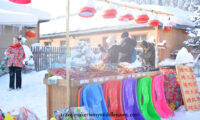

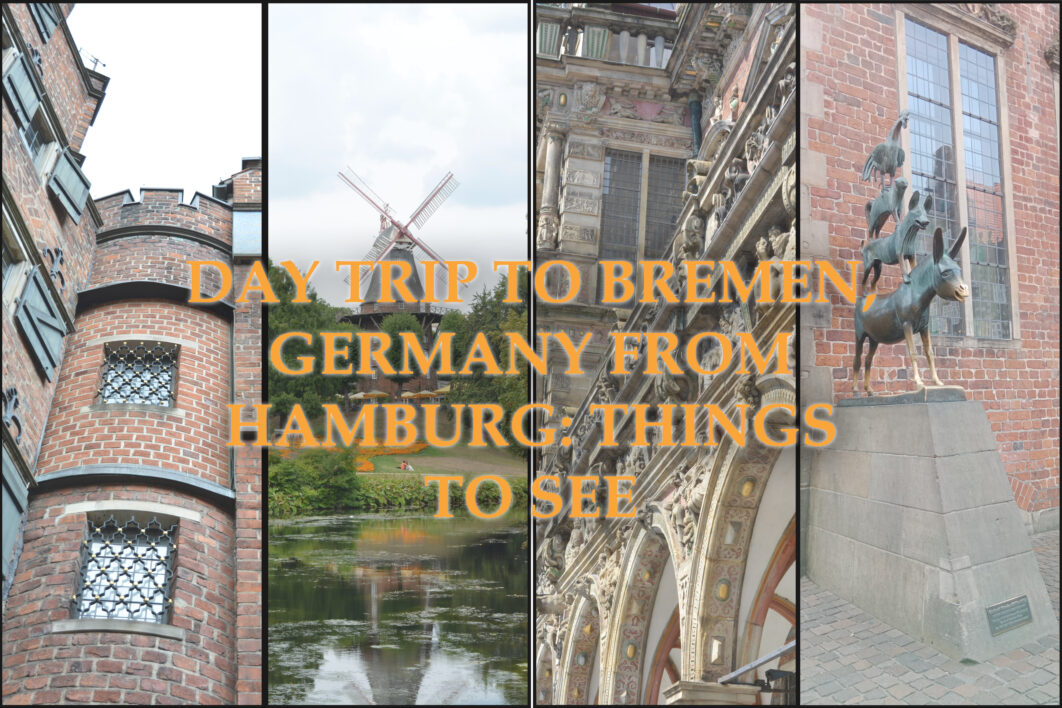
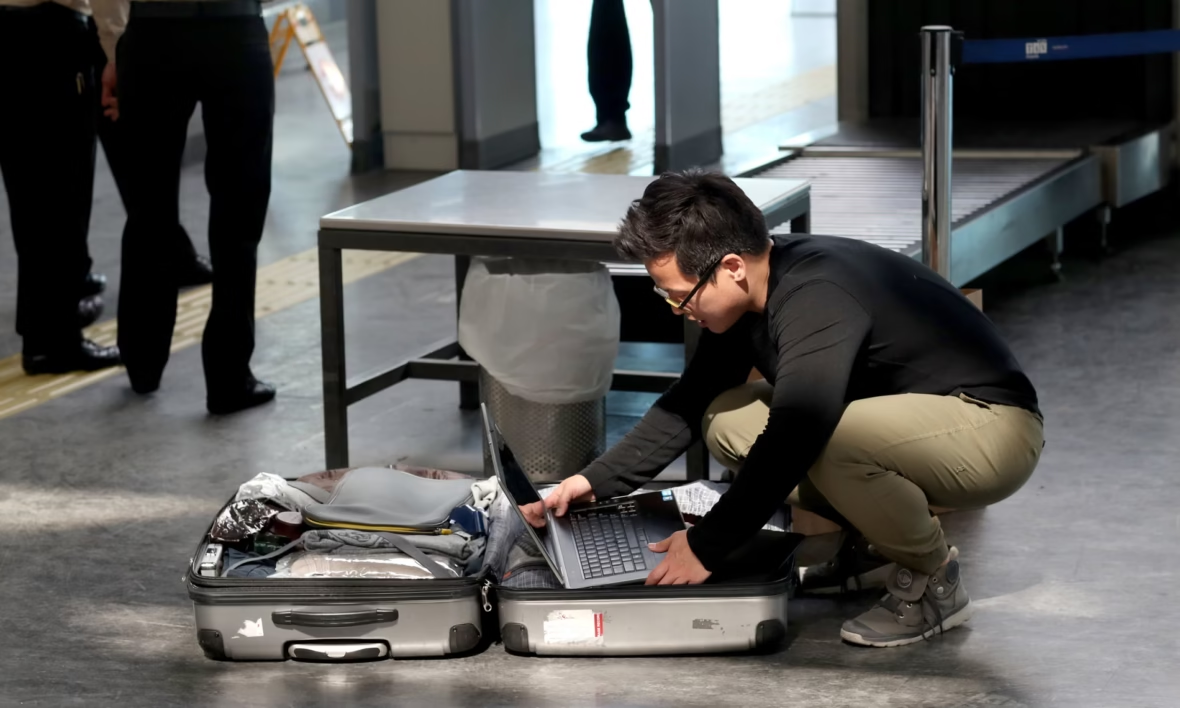
Pingback: Guide to Shanghai Metro – Happy Traveller